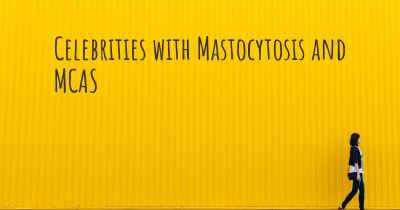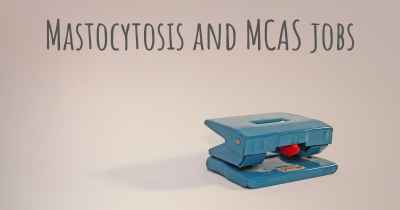
Urticaria Pigmentosa
Dec 2, 2
By: Charlotte
Error
My daughter, Charlotte, began getting spots on her back when she was around 2 months old. The spots spread to her entire body, including her face. She was diagnosed with urticaria pigmentosa, a form of cutaneous mastocytosis, when she was about 6 months old.
We found that mosquito bites, kiwi fruit, cinnamon, temperature changes, and emotional meltdowns all triggered her spots to turn into hives. When this happened, Charlotte also experienced flushing, stomach pains, and diarrhea. We also anticipate that bee stings will have a severe reaction, but thankfully she has never been stung. We carry an auvi-q injection pen just in case.
Around age 5, we noticed her spots begin to fade and her reactions became less frequent and less severe. Charlotte is now 8 and her spots are mostly gone from her arms, legs, and face. She still has some reactions to mosquito bites and temperature changes (had a bad reaction to being in a hot tub, for example). However, we are hopeful that she may outgrow the disease as she gets older.
0 comments







